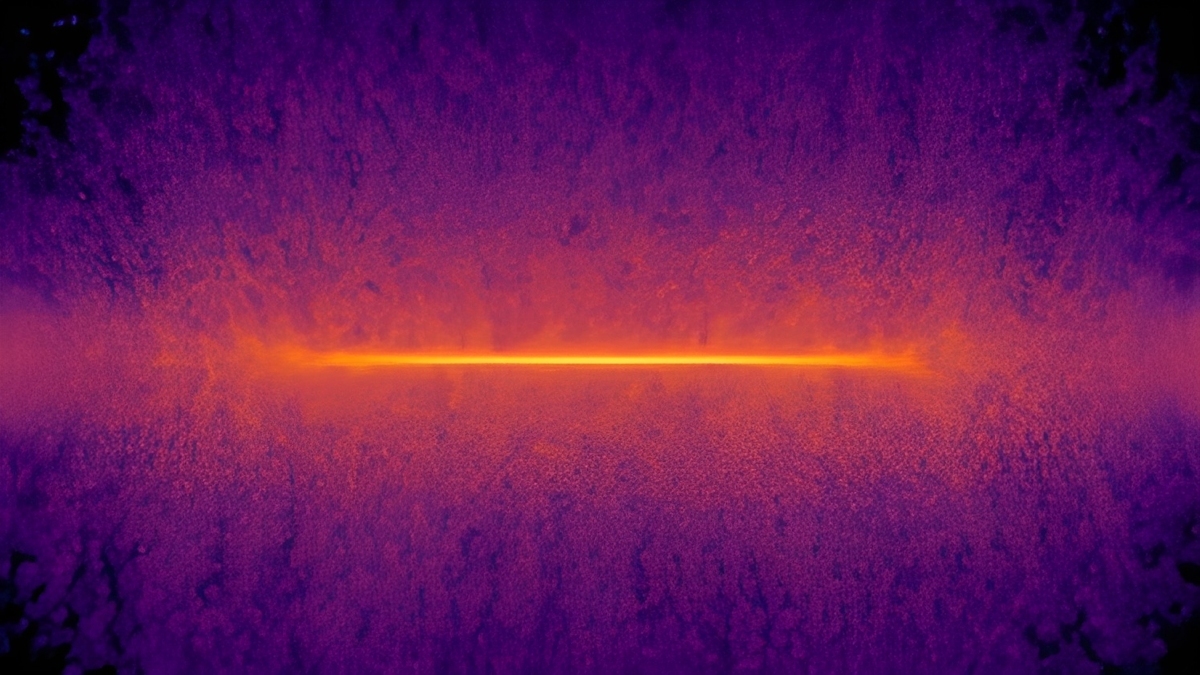The Milky Way contains more than 100 billion stars, each following its own evolutionary path through birth, life, and sometimes violent death.
For decades, astrophysicists have dreamed of creating a complete simulation of our galaxy, a digital…

The Milky Way contains more than 100 billion stars, each following its own evolutionary path through birth, life, and sometimes violent death.
For decades, astrophysicists have dreamed of creating a complete simulation of our galaxy, a digital…